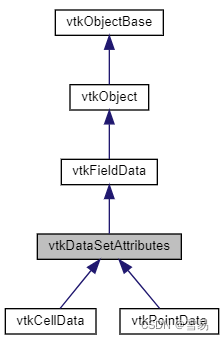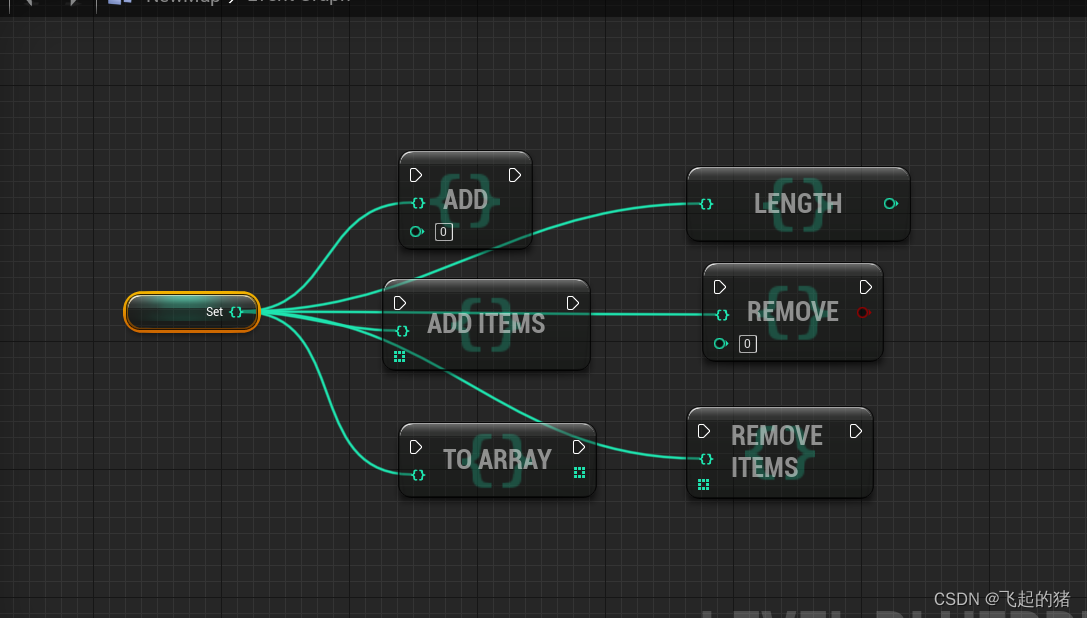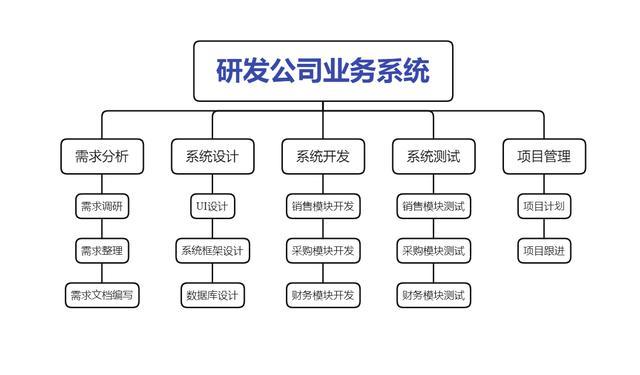⭐️ what is an r project include in r studio?
An R project in RStudio is a self-contained directory that contains all the files and resources associated with a specific R project. This includes the R code files, data files, output files, and any additional packages or libraries needed for the project. RStudio automatically creates a new R project for each project you start, and allows you to easily switch between different projects within the RStudio interface. R projects in RStudio also provide features such as version control and collaboration tools, making it easier to work on and manage your R projects.
⭐️ where is the automatically created r project locate?
When you create a new R project in RStudio, it is automatically saved in a directory on your computer. By default, RStudio saves the project in a directory called “RProjects” in your home directory. However, you can specify a different location for your R project by choosing “New Project” from the File menu, and then selecting “New Directory” and specifying a location for your project. You can also move an existing R project to a different location by choosing “Close Project” from the File menu, and then moving the project directory to the new location.
⭐️ compare r with python
🌠 r
Here is a simple R demo code that creates a vector of numbers, calculates the sum and mean of the vector, and prints the results to the console:
# create a vector of numbers
vec <- c(1, 2, 3, 4, 5)
# calculate the sum and mean of the vector
vec_sum <- sum(vec)
vec_mean <- mean(vec)
# print the results to the console
print(paste("The sum of the vector is", vec_sum))
print(paste("The mean of the vector is", vec_mean))
This code creates a vector called vec containing the numbers 1 through 5, calculates the sum and mean of the vector using the sum and mean functions, and then prints the results to the console using the print function and the paste function to concatenate strings and values.
🌠 python
Here is a simple Python code that creates a list of numbers, calculates the sum and mean of the list, and prints the results to the console:
# create a list of numbers
vec = [1, 2, 3, 4, 5]
# calculate the sum and mean of the list
vec_sum = sum(vec)
vec_mean = sum(vec) / len(vec)
# print the results to the console
print("The sum of the list is", vec_sum)
print("The mean of the list is", vec_mean)
This code creates a list called vec containing the numbers 1 through 5, calculates the sum and mean of the list using the sum and len functions, and then prints the results to the console using the print function to concatenate strings and values.
🌠 what is the difference between the two code?
There are a few differences between the R code and the Python code that I gave you. Some of the main differences include:
- In R, a vector is a one-dimensional array that can contain numeric, character, or logical values. In Python, a list is a similar data structure that can contain any type of value.
- In R, the
cfunction is used to create vectors. In Python, the square brackets[]are used to create lists. - In R, the
sumandmeanfunctions are used to calculate the sum and mean of a vector. In Python, thesumandlenfunctions are used to calculate the sum and length of a list, and the mean is calculated by dividing the sum by the length. - In R, the
printfunction is used to print values to the console. In Python, theprintfunction is used in a similar way, but it also requires parentheses around the values to be printed.
⭐️ What the difference between = and <-

⭐️补充资料
A compact course to take you from zero to R-hero!



















